Home>Furniture>Kitchen Furniture>What Would Cause Gas Stove Burners To Be On High Flame
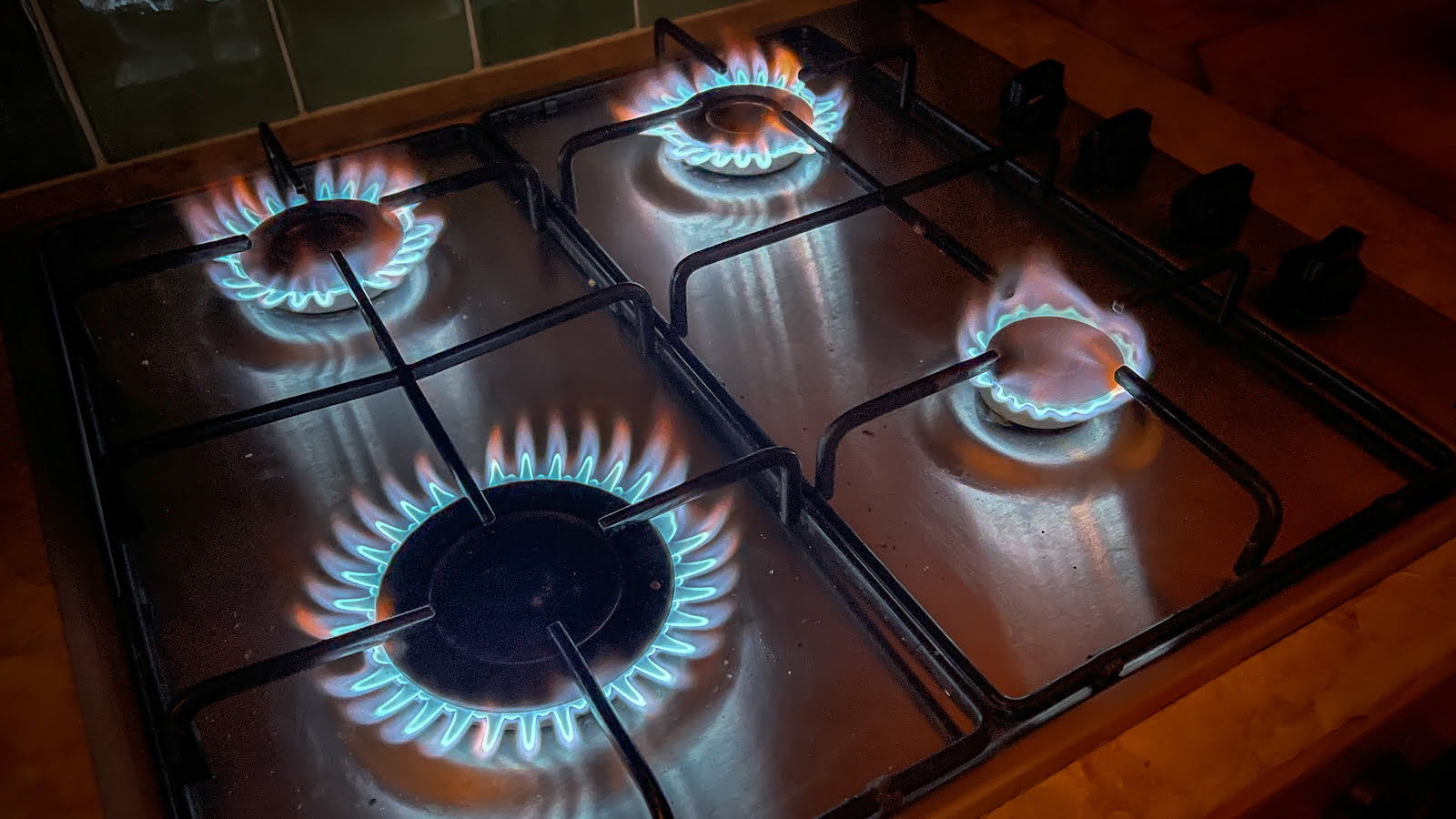

Kitchen Furniture
What Would Cause Gas Stove Burners To Be On High Flame
Modified: October 27, 2024
Discover the reasons behind gas stove burners being stuck on high and find helpful tips and articles to troubleshoot and fix the issue.
(Many of the links in this article redirect to a specific reviewed product. Your purchase of these products through affiliate links helps to generate commission for Storables.com, at no extra cost. Learn more)
Introduction
A gas stove is a common household appliance used for cooking meals quickly and efficiently. It relies on gas burners to produce heat that can be adjusted to different levels. However, there may be instances when gas stove burners are unexpectedly on high, causing concerns for safety and potential damage to the cookware or food being prepared. In this article, we will explore the various factors that can cause gas stove burners to be on high and discuss possible solutions and safety precautions.
When a gas stove burner is on high, it means that the flames are at their maximum intensity, producing more heat than desired for normal cooking. This can create a hazardous situation, especially if left unattended or if the burner is malfunctioning. It is important to identify the root cause of this issue to ensure the safety of your household and the proper functioning of your gas stove.
Key Takeaways:
- Gas stove burners being on high can result from various issues such as faulty components, gas leaks, or human error. Prioritize safety, perform regular maintenance, and seek professional assistance to ensure safe and efficient operation.
- Understanding the common causes of gas stove burner issues and following safety precautions can minimize risks and ensure a secure cooking experience. Regular maintenance and professional assistance are essential for addressing potential problems.
Common Causes of Gas Stove Burners Being On High
There are several potential causes for gas stove burners being on high. Understanding these causes can help you troubleshoot the issue and take appropriate actions to resolve it. Here are some of the common reasons why gas stove burners may stay on high:
- Faulty Gas Control Valve: A malfunctioning gas control valve could cause the burner to remain at its highest setting. The control valve regulates the flow of gas to the burner, and if it is defective, it may not respond correctly to adjustments.
- Malfunctioning Burner Knob: If the burner knob is faulty or stuck in the high position, it could result in the burner staying on high. Inspect the knob for any damage or debris that may be preventing it from functioning properly.
- Stuck Burner Igniter: In some cases, the burner igniter may get stuck in the on position, continuously sparking and causing the burner to stay on high. This can occur due to a malfunctioning igniter switch or a dirty igniter electrode.
- Gas Leak: A gas leak in the stove’s gas supply line or connections can cause the burner to produce a larger flame than usual. Gas leaks are dangerous and should be addressed immediately by a professional technician.
- Clogged Gas Jets or Burner Openings: Accumulated food debris or grease can obstruct the gas jets or burner openings, preventing proper gas flow and causing the burner flame to remain high. Regular cleaning and maintenance can help prevent this issue.
- Incorrect Gas Pressure: If the gas pressure supplied to the stove is too high, it can result in the burners being on high. This can be caused by a faulty gas regulator or external factors affecting the gas supply.
- Damaged Flame Sensor: A damaged or malfunctioning flame sensor can fail to detect the presence of a flame, causing the gas supply to remain open and the burner to stay on high. Cleaning or replacing the flame sensor may be necessary.
- Electrical Malfunction: In some cases, electrical issues within the stove’s control panel or ignition system can cause the burner to remain on high. This could be due to a faulty control board, wiring problem, or other electrical component malfunction.
- Human Error or Accidental Activation: Sometimes, gas stove burners may be left on high due to human error, such as forgetting to turn the burner down or accidentally engaging the high setting. Double-check the burner controls and ensure they are properly adjusted.
Faulty Gas Control Valve
A faulty gas control valve is one of the potential causes for gas stove burners being on high. The gas control valve is responsible for regulating the flow of gas to the burner and controlling the intensity of the flame. If the gas control valve is defective or damaged, it may fail to respond to adjustments and keep the burner at its highest setting.
To determine if the gas control valve is the issue, you can perform a simple inspection. Start by turning off the gas supply to the stove. Remove the burner knob and examine the gas control valve for any signs of damage or malfunction. Look for any loose connections, cracks, or signs of corrosion. Additionally, check if the valve moves smoothly when you try to adjust the flame intensity.
If you suspect that the gas control valve is faulty, it is recommended to seek professional assistance. A trained technician can accurately diagnose the problem and replace the gas control valve if necessary. Attempting to fix or replace the gas control valve without proper knowledge and experience can be dangerous and may result in further damage to your gas stove.
Regular maintenance and inspection of your gas stove can help prevent issues with the gas control valve. Clean the valve and the surrounding area regularly to remove any dirt or debris that may interfere with its proper functioning. Additionally, make sure to follow the manufacturer’s guidelines for operating the stove and avoid excessive force when adjusting the flame intensity.
Remember, when dealing with gas appliances, it is crucial to prioritize safety. If you suspect a problem with the gas control valve or any other component of your gas stove, contact a qualified technician to assess and resolve the issue. They have the expertise and tools to ensure the safe and efficient functioning of your gas stove.
Malfunctioning Burner Knob
A malfunctioning burner knob is another common cause for gas stove burners being on high. The burner knob controls the gas flow and flame intensity, allowing you to adjust the heat level for cooking. If the knob is faulty or stuck in the high position, it can prevent you from properly regulating the flame, causing the burner to stay on high.
To determine if the burner knob is the culprit, start by inspecting it for any visible damage or debris. Look for any cracks, signs of wear, or dirt that may be obstructing the knob’s movement. If the knob appears to be in good condition, try turning it to different positions and observe if the flame intensity changes accordingly. If the knob remains in the high position regardless of its setting, it is likely malfunctioning.
In this case, you can try gently cleaning the knob and the area around it with a mild detergent and a soft cloth. Make sure to remove any dirt, grease, or food particles that may be affecting its functionality. If the knob still doesn’t work properly after cleaning, it may need to be replaced.
Replacing a malfunctioning burner knob can typically be done by removing the old knob and installing a new one, following the manufacturer’s instructions. It is crucial to choose the correct replacement knob that is compatible with your gas stove model. If you are unsure or uncomfortable with performing the replacement yourself, it is advisable to consult a professional technician.
Prevention is key to avoiding issues with the burner knob. Regularly clean the knob and its surrounding area to prevent dirt buildup that can interfere with its movement. Additionally, handle the knob with care and avoid applying excessive force when turning it. This will help ensure the longevity and proper functioning of the burner knob.
If you suspect that the issue lies beyond a malfunctioning burner knob or if the problem persists after replacing the knob, it is recommended to seek professional assistance. A qualified technician can assess the situation, identify any underlying problems, and provide the necessary repairs to restore your gas stove to optimal working condition.
Stuck Burner Igniter
A stuck burner igniter is another potential cause for gas stove burners being on high. The burner igniter is responsible for producing the spark that ignites the gas and creates the flame. If the igniter gets stuck in the on position, it can continuously produce sparks, causing the burner flame to remain on high.
To determine if the burner igniter is the issue, start by observing the burner when it is turned off. If you notice a continuous spark or clicking sound coming from the burner, it is likely that the igniter is stuck. Additionally, check if there is any visible damage or debris around the igniter electrode that may be causing the issue.
To address a stuck burner igniter, you can try the following steps:
- Disconnect the Power: Ensure that the stove is turned off and unplugged from the power source before attempting any repairs.
- Clean the Igniter Electrode: Gently clean the igniter electrode with a soft brush or a cloth. Remove any dirt, grease, or food residue that may be obstructing its proper functioning.
- Check the Igniter Switch: Inspect the igniter switch for any signs of damage or wear. If the switch appears to be malfunctioning, it may need to be replaced by a professional.
- Allow it to Dry: If the igniter electrode was wet due to cleaning or other factors, allow it to dry completely before reconnecting the power and testing the burner.
- Test the Burner: Once everything is cleaned and dried, reconnect the power and test the burner. See if the igniter functions properly and if the burner flame can be adjusted to different levels.
If the above steps do not resolve the issue, it is advisable to contact a professional technician for further inspection and repair. They have the necessary expertise and tools to accurately diagnose and fix issues with the burner igniter or any other components of your gas stove.
Periodic maintenance and cleaning of the burner igniter can help prevent it from getting stuck. Regularly remove any food residue or debris around the igniter electrode and ensure that it is kept clean and dry. This will help maintain its proper functioning and prevent potential issues in the future.
Remember, when dealing with gas appliances, safety should be prioritized. If you are unsure or uncomfortable with performing any repairs or inspections, it is always best to seek professional assistance to ensure your safety and the proper functioning of your gas stove.
Gas Leak
A gas leak is a serious and potentially dangerous cause for gas stove burners being on high. When there is a leak in the gas supply line or connections, it can lead to an increased flow of gas, resulting in a larger flame and the burner staying on high.
Identifying a gas leak is crucial for your safety. Look out for the following signs that may indicate a gas leak:
- Unusual Smell: Natural gas is odorless, but gas companies add a distinct odorant, often described as the smell of rotten eggs, to help detect leaks. If you notice a strong, persistent, and unpleasant odor, it could be an indication of a gas leak.
- Hissing Sound: You may hear a hissing or whistling sound near the gas stove or gas supply line. This could be a sign of a gas leak as the gas escapes through a damaged or loose connection.
- Visible Damage or Corrosion: Inspect the gas supply line and connections for any visible damage, such as cracks, punctures, or corrosion. Damaged or deteriorating gas lines can lead to leaks.
- Dead or Discolored Vegetation: If there are plants or vegetation near the gas line, their leaves may turn yellow or die off if there is a gas leak in the area.
- Sudden Increase in Gas Bills: If you notice a significant and unexplained increase in your gas bills, it could be indicative of a gas leak, as more gas is being consumed than usual.
If you suspect a gas leak, it is important to take immediate action following these steps:
- Evacuate the Area: If you detect a strong gas odor or believe there is a gas leak, evacuate the premises immediately, ensuring that everyone is safely out of the building.
- Avoid Open Flames or Sparks: Do not operate any electrical switches, lighters, or any equipment that can generate sparks, as it can ignite the gas and cause an explosion.
- Call Emergency Services: Once you are safely outside, call your local gas company or emergency services to report the suspected gas leak. They will dispatch professionals who are trained to handle gas leaks safely.
- Do Not Attempt Repairs Yourself: Gas leaks require the expertise of professionals. Do not attempt to repair or locate the source of the leak by yourself, as it can be extremely dangerous.
Gas leaks are potentially life-threatening and should be taken seriously. It is essential to prioritize your safety and that of others. Once the gas leak has been addressed and repaired by professionals, they can inspect and assess the gas stove and ensure that it is safe to use.
Regular maintenance, including periodic inspections of gas lines and connections, can help prevent gas leaks. Additionally, be mindful of any changes or unusual odors near your gas stove and promptly address any concerns by contacting a professional technician.
Remember, it is important to prioritize safety and leave the handling of gas leaks to trained professionals who have the knowledge and equipment to handle such situations properly.
Clogged Gas Jets or Burner Openings
Clogged gas jets or burner openings can be another reason why gas stove burners are on high. Over time, food particles, grease, and debris can accumulate and block the gas jets or burner openings, hindering the proper flow of gas. This obstruction can cause the burner flame to remain on high, even when the knob is set to a lower setting.
To address clogged gas jets or burner openings, follow these steps:
- Turn off the Gas Supply: Before performing any maintenance on the gas stove, ensure that the gas supply is turned off to prevent accidents or gas leaks.
- Allow the Burner to Cool: Let the burner cool down completely before attempting to clean it. This will reduce the risk of burns.
- Remove the Burner Cap: Take off the burner cap carefully by lifting it straight up. Some burner caps may have screws or clips holding them in place, so check the manufacturer’s guidelines for your specific stove model.
- Inspect the Burner Openings: Examine the burner openings, located underneath the burner cap, for any visible signs of clogging. Use a small brush or a sewing needle to carefully remove any debris blocking the openings. Be gentle to avoid damaging the burner.
- Clean the Gas Jets: If there are gas jets on the burner, inspect them for clogs as well. Use a soft brush or a needle to clean the jets and ensure that there are no obstructions.
- Reassemble the Burner: Once the burner openings and gas jets are clean, carefully reassemble the burner cap by aligning it correctly and pressing it down firmly. Ensure that it is securely in place.
- Test the Burner: Turn on the gas supply and test the burner. Gradually increase the flame from low to high and observe if the flame adjusts accordingly. If the burner flame remains on high, despite being set to a lower setting, there may be another underlying issue that requires professional attention.
Regular cleaning and maintenance of your gas stove can help prevent clogged gas jets or burner openings. As part of your routine cleaning, remove and clean the burner caps and inspect the openings for any debris. Wipe down the burner surface and surrounding areas to prevent the buildup of grease and grime.
If you find that the burner remains on high even after cleaning, it is best to consult a professional technician. They can investigate further and identify any other issues with your gas stove that may be causing the problem.
Remember to always prioritize safety when working with gas appliances. If you are unsure or uncomfortable performing any maintenance tasks, it is advisable to seek the assistance of a trained professional to avoid any accidents or damage to your gas stove.
Check if the stove knobs are turned to the highest setting. If they are not, there may be an issue with the gas supply or the burner control valve that needs to be addressed by a professional.
Incorrect Gas Pressure
Incorrect gas pressure can contribute to gas stove burners being on high. Gas stoves require a specific gas pressure to ensure the proper and safe functioning of the burners. If the gas pressure supplied to the stove is too high, it can result in the burners producing a larger flame than intended, even when set to a lower setting.
To determine if incorrect gas pressure is the cause, it is advisable to consult a professional technician who can measure and adjust the gas pressure accurately. They will have the necessary tools and expertise to assess the gas pressure and make any necessary adjustments.
Several factors can contribute to incorrect gas pressure, including:
- Faulty Gas Regulator: The gas regulator is responsible for regulating the gas pressure supplied to your stove. If the regulator is faulty or damaged, it may not be able to properly control the gas pressure, leading to an excessively high flame.
- External Factors: Changes in the gas supply, such as an issue with the gas main or a disruption in the gas distribution network, can affect the gas pressure. External factors can also include temperature changes, elevation, or fluctuations in gas demand.
Adjusting the gas pressure is not a task that should be undertaken by homeowners without proper training and knowledge. It is important to engage the services of a qualified technician who can accurately measure and adjust the gas pressure to ensure the safe and efficient operation of your gas stove.
It is also worth noting that incorrect gas pressure is not a common issue and is often determined by a professional technician during routine maintenance or inspections. Regular maintenance of your gas stove, including professional servicing, can help prevent issues related to gas pressure and ensure the longevity of your appliance.
When it comes to gas appliances, safety should always be a top priority. If you suspect an issue with the gas pressure or have concerns about the performance of your gas stove, it is essential to contact a professional technician who can assess the situation and provide the appropriate solutions.
Damaged Flame Sensor
A damaged or malfunctioning flame sensor can contribute to gas stove burners being on high. The flame sensor’s role is to detect the presence of a flame in the burner. If the sensor is damaged or not functioning correctly, it may fail to detect the flame, causing the gas supply to remain open and the burner to stay on high.
To determine if the flame sensor is the issue, it is recommended to consult a professional technician who can accurately diagnose and repair the problem. They will have the expertise and tools to test the flame sensor and determine if it requires cleaning, adjustment, or replacement.
If you suspect that a damaged flame sensor is the cause for the burners being on high, it is best not to attempt to repair or replace the sensor yourself. Handling gas appliances and their components can be hazardous, and it is crucial to prioritize safety and seek the assistance of a professional technician.
Regular maintenance and cleaning of your gas stove can help prevent issues with the flame sensor. Cleaning the sensor periodically with a soft, lint-free cloth can remove any dirt, debris, or soot that may accumulate on it, ensuring its optimal performance. However, it is essential to follow the manufacturer’s guidelines for cleaning and maintenance to avoid damaging the sensor.
If you suspect that the flame sensor is damaged or malfunctioning, it is important to address the issue promptly. A faulty flame sensor can compromise the safety and efficiency of your gas stove. Contact a professional technician who can assess the situation and provide the necessary repairs or replacements to ensure the proper functioning of the sensor and the overall safety of your gas stove.
Remember, when dealing with gas appliances, it is always best to err on the side of caution and seek professional assistance when encountering issues beyond routine cleaning and maintenance.
Electrical Malfunction
An electrical malfunction can be a potential cause for gas stove burners being on high. Gas stoves contain electrical components that control various functions, including the ignition system and burner controls. If there is an issue with these electrical components, it can result in the burners staying on high despite attempts to adjust the flame intensity.
Common electrical malfunctions that can contribute to this problem include:
- Faulty Control Board: The control board is responsible for regulating the functions of the gas stove, including the burner controls. If the control board is defective or damaged, it may fail to interpret the signals from the burner knobs correctly, causing the burners to remain on high.
- Wiring Problem: Issues with the wiring in the stove’s electrical system can disrupt the flow of electricity, leading to erratic function or malfunction of the burner controls.
- Other Electrical Component Malfunctions: Various other electrical components, such as switches, relays, or transformers, can develop faults or malfunctions, resulting in abnormal burner behavior.
In the event of an electrical malfunction, it is crucial to consult a professional technician who specializes in gas stove repairs. Attempting to fix electrical issues without the proper knowledge and expertise can be dangerous and may lead to further damage or electrical hazards.
Regular maintenance and inspection of your gas stove can help identify electrical issues early on. Ensure that the stove is unplugged from the power source before performing any maintenance or inspections. Check for any visible signs of damage or wear on the electrical components, such as burn marks, loose connections, or frayed wires. If you notice any abnormalities, it is best to contact a professional technician for further assessment and repairs.
Remember, when dealing with electrical components of gas appliances, it is essential to prioritize safety and rely on the expertise of qualified professionals. They possess the knowledge and proper tools to accurately diagnose and repair electrical malfunctions, ensuring the safe and reliable operation of your gas stove.
Human Error or Accidental Activation
Human error or accidental activation can also be a cause for gas stove burners being on high. In some cases, the burners may remain on high due to unintentional actions or mistakes made by individuals using the stove.
Here are a few scenarios where human error or accidental activation can result in burners staying on high:
- Forgetting to Adjust the Flame: It’s possible that the burner was left on high unintentionally due to forgetfulness. Individuals may neglect to adjust the flame intensity after initially turning on the burner.
- Incorrect Operation of the Burner Knob: Mishandling or misinterpreting the burner control knob can lead to the burner remaining on high. Individuals may accidentally engage the high setting or fail to properly adjust the flame intensity.
- Engaging the Wrong Burner: If multiple burners are present on the gas stove, someone may accidentally turn on the wrong burner or leave multiple burners on high unintentionally.
- Children or Pets: Curious children or mischievous pets may accidentally turn the burner knob or tamper with the burner controls, leading to the burners staying on high.
To prevent human error or accidental activation:
- Double-check the Burner Controls: Before leaving the kitchen or when not actively using the stove, ensure that all burner knobs are in the off position.
- Be Mindful of Flame Intensity: When adjusting the flame intensity, pay attention to the corresponding markings on the knob and avoid overshooting the desired setting.
- Supervise Children and Pets: Keep a watchful eye on children and pets in the kitchen to prevent accidental activation or tampering with the burners.
- Follow Proper Cooking Practices: Adhere to recommended cooking practices and guidelines, including turning off burners when finished using them.
Human error or accidental activation can occur despite precautions, but by practicing awareness and mindfulness, the likelihood of burners staying on high due to these reasons can be minimized.
If you suspect human error or accidental activation as the cause for burners staying on high, you can address the issue by adjusting the burner controls, ensuring they are set to the appropriate flame intensity or turning off any burners that are not in use.
It’s important to remember that safety should always be the priority when using gas stoves. If you encounter any persistent issues, or if you are unsure about the proper operation of your gas stove, it’s recommended to consult a professional technician who can provide guidance, instruction, or repairs as needed.
Safety Precautions
When dealing with gas stove burners being on high or any issues related to gas appliances, it is essential to prioritize safety. Here are some important safety precautions to keep in mind:
- Turn off the Gas Supply: As soon as you notice a problem with your gas stove, such as burners being on high or a suspected gas leak, it is crucial to turn off the gas supply immediately. Locate the main gas supply valve, typically located behind the stove or in a nearby utility area, and turn it off to prevent any further risks.
- Ensure Proper Ventilation: Gas stoves produce combustion byproducts such as carbon monoxide, which can be hazardous if not properly ventilated. Make sure your kitchen has adequate ventilation, such as a functioning range hood or exhaust fan, to remove any harmful gases from the cooking area.
- Keep Flammable Items Away: Keep flammable materials, including curtains, towels, paper, and plastic, away from the stove while it is in use. This reduces the risk of accidental fires and helps prevent any potential accidents.
- Regularly Inspect Gas Lines and Connections: Periodically check the gas lines and connections behind the stove for any signs of damage, corrosion, or leaks. If you notice any issues, contact a professional technician to address the problem promptly.
- Perform Routine Maintenance: Follow the manufacturer’s guidelines for routine maintenance and cleaning of your gas stove. This includes cleaning the burners, burner caps, and surrounding areas. Regular maintenance can help detect and prevent potential issues before they become major problems.
- Follow Proper Operating Procedures: Familiarize yourself with the proper operating procedures for your specific gas stove model. Read the user manual thoroughly and follow the recommended safety guidelines provided by the manufacturer.
- Use Gas Appliances for Their Intended Purpose: Gas stoves are designed for cooking purposes only. Avoid using the stove or burners for heating or any other unintended applications, as it can pose safety hazards and potentially damage the appliance.
- Install Carbon Monoxide Detectors: Consider installing carbon monoxide detectors in your home, particularly near the kitchen or areas where gas appliances are used. These devices can detect the presence of carbon monoxide gas, alerting you to potential leaks or other dangerous situations.
- Seek Professional Assistance: If you encounter persistent issues with your gas stove, such as burners staying on high or suspected gas leaks, it is best to rely on the expertise of a professional technician. They have the knowledge, skills, and tools to safely diagnose and solve the problem.
Remember that safety should always be the top priority when dealing with gas appliances. If you have concerns or are unsure about any aspect of your gas stove, it’s advisable to consult a professional technician who can provide the necessary guidance and assistance to ensure the safe and efficient operation of your gas stove.
Conclusion
Gas stove burners being on high can be a concerning and potentially hazardous issue. However, understanding the common causes and taking the necessary steps to address the problem can help ensure safety and proper functioning of your gas stove.
In this article, we explored various factors that can cause gas stove burners to be on high, including faulty gas control valves, malfunctioning burner knobs, stuck burner igniters, gas leaks, clogged gas jets or burner openings, incorrect gas pressure, damaged flame sensors, electrical malfunctions, and human error or accidental activation.
To troubleshoot these issues, it is important to take appropriate actions such as inspecting and repairing or replacing faulty components, cleaning clogged gas jets or burner openings, adjusting gas pressure, addressing electrical malfunctions, and practicing caution to avoid human error or accidental activation.
Throughout the process, it is crucial to prioritize safety. This includes turning off the gas supply, maintaining proper ventilation, keeping flammable items away, regularly inspecting gas lines and connections, performing routine maintenance, following proper operating procedures, installing carbon monoxide detectors, and seeking professional assistance when needed.
By adhering to these safety precautions and addressing the causes of burners being on high, you can minimize the risk of accidents and ensure the safe and efficient operation of your gas stove. If you encounter any persistent issues or are unsure about any aspect of your gas stove, it is always best to consult a professional technician who can provide expert advice and assistance.
Remember, prioritizing safety and regular maintenance will help you enjoy the benefits of your gas stove while ensuring a secure and enjoyable cooking experience for you and your family.
Frequently Asked Questions about What Would Cause Gas Stove Burners To Be On High Flame
Was this page helpful?
At Storables.com, we guarantee accurate and reliable information. Our content, validated by Expert Board Contributors, is crafted following stringent Editorial Policies. We're committed to providing you with well-researched, expert-backed insights for all your informational needs.

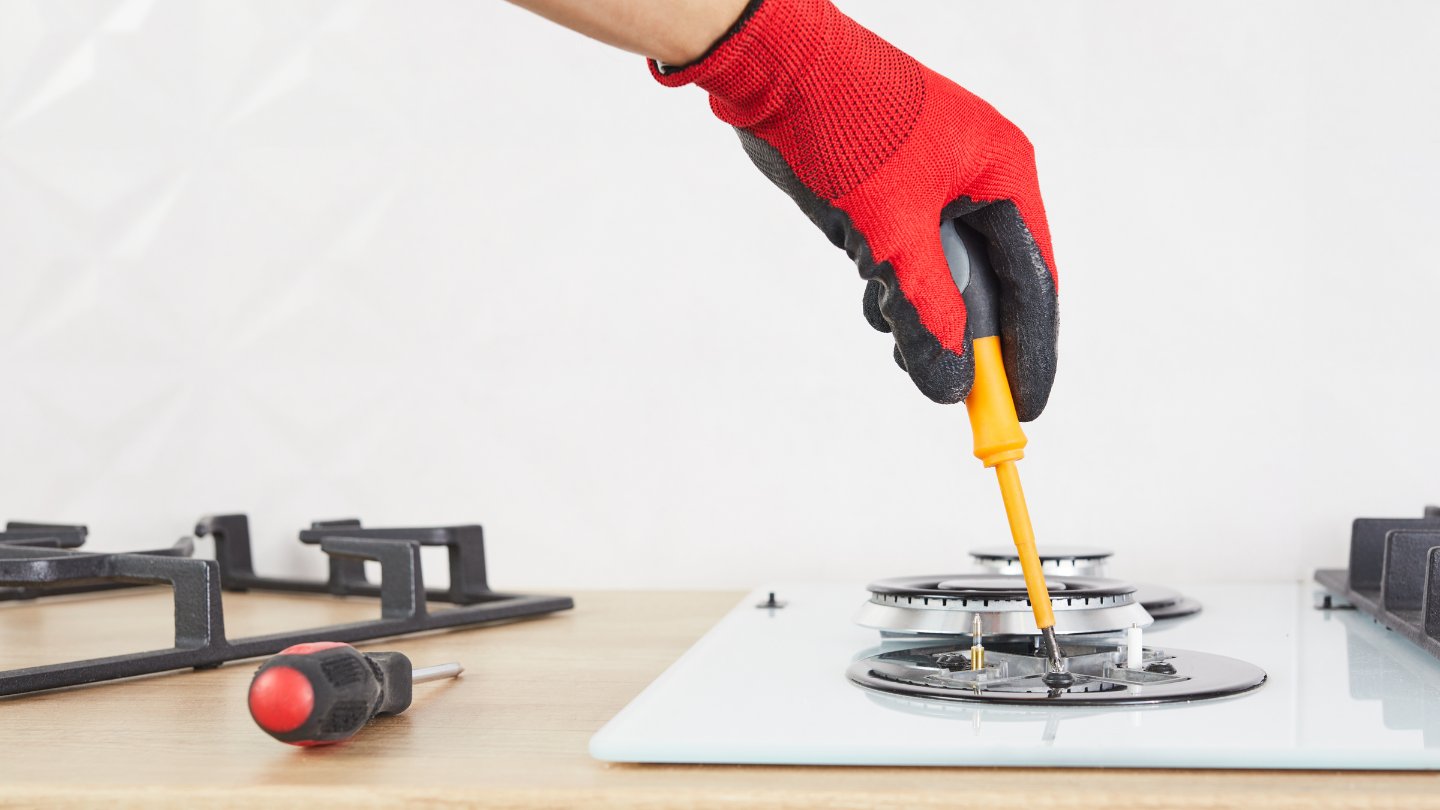
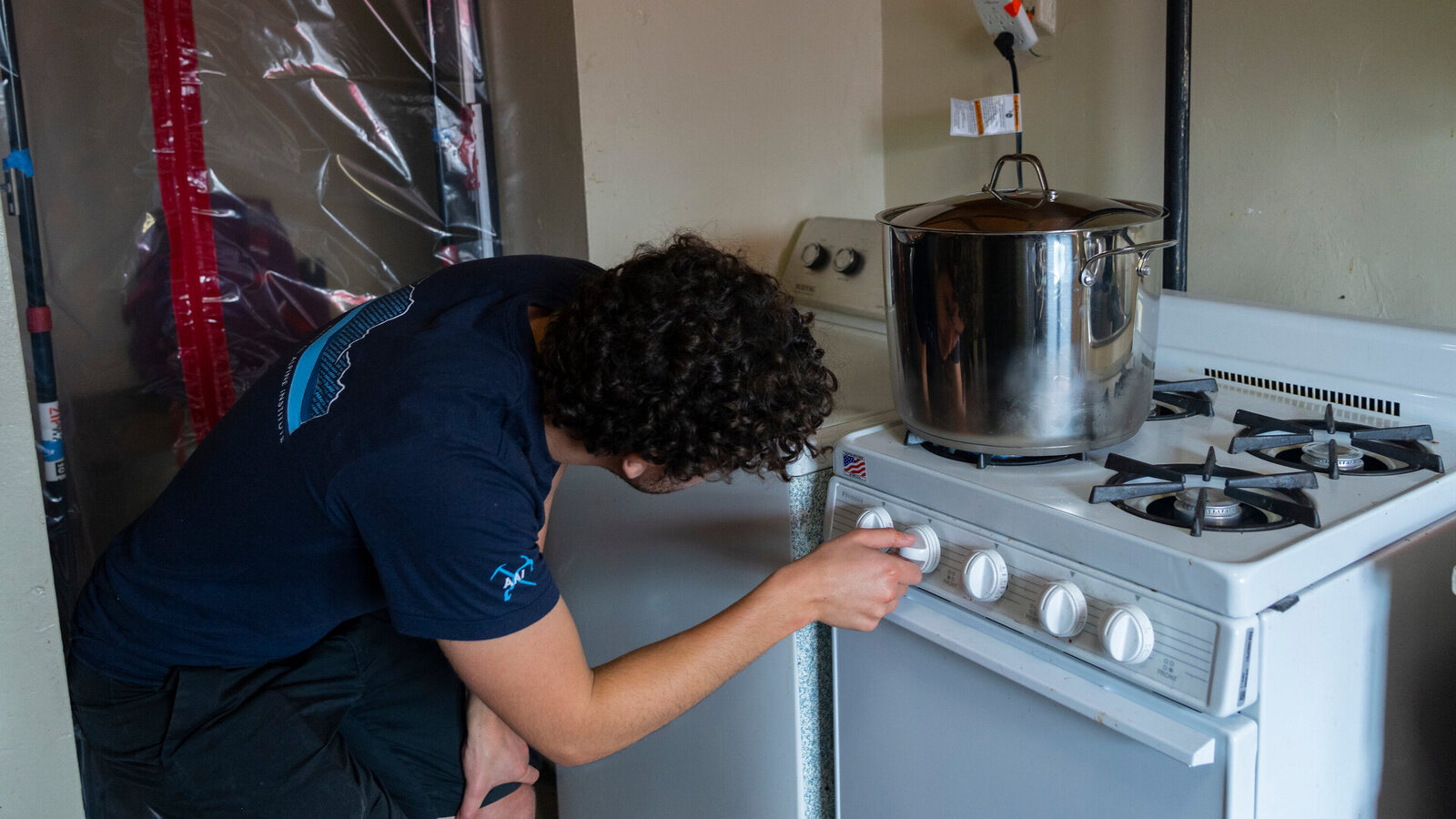

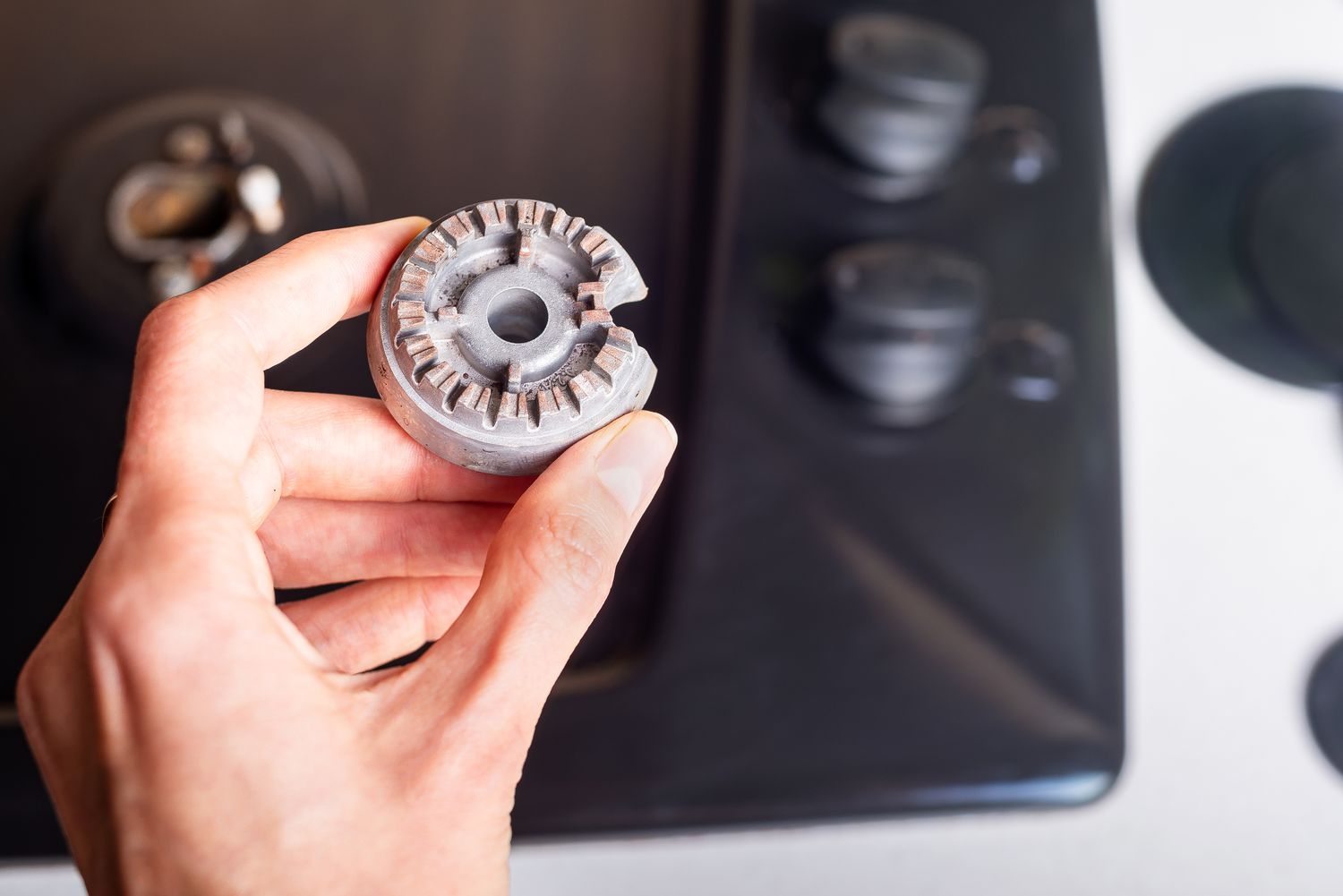
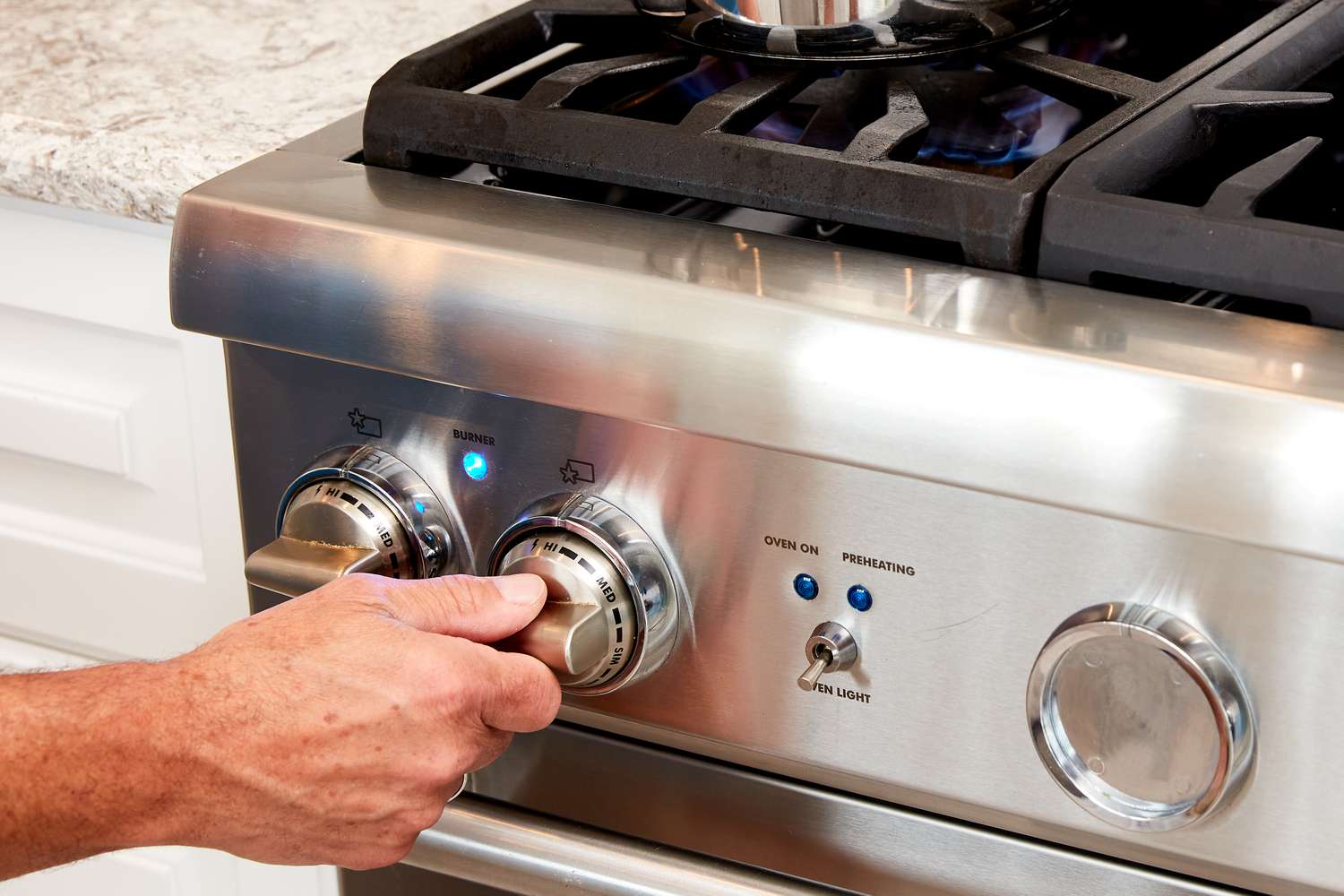
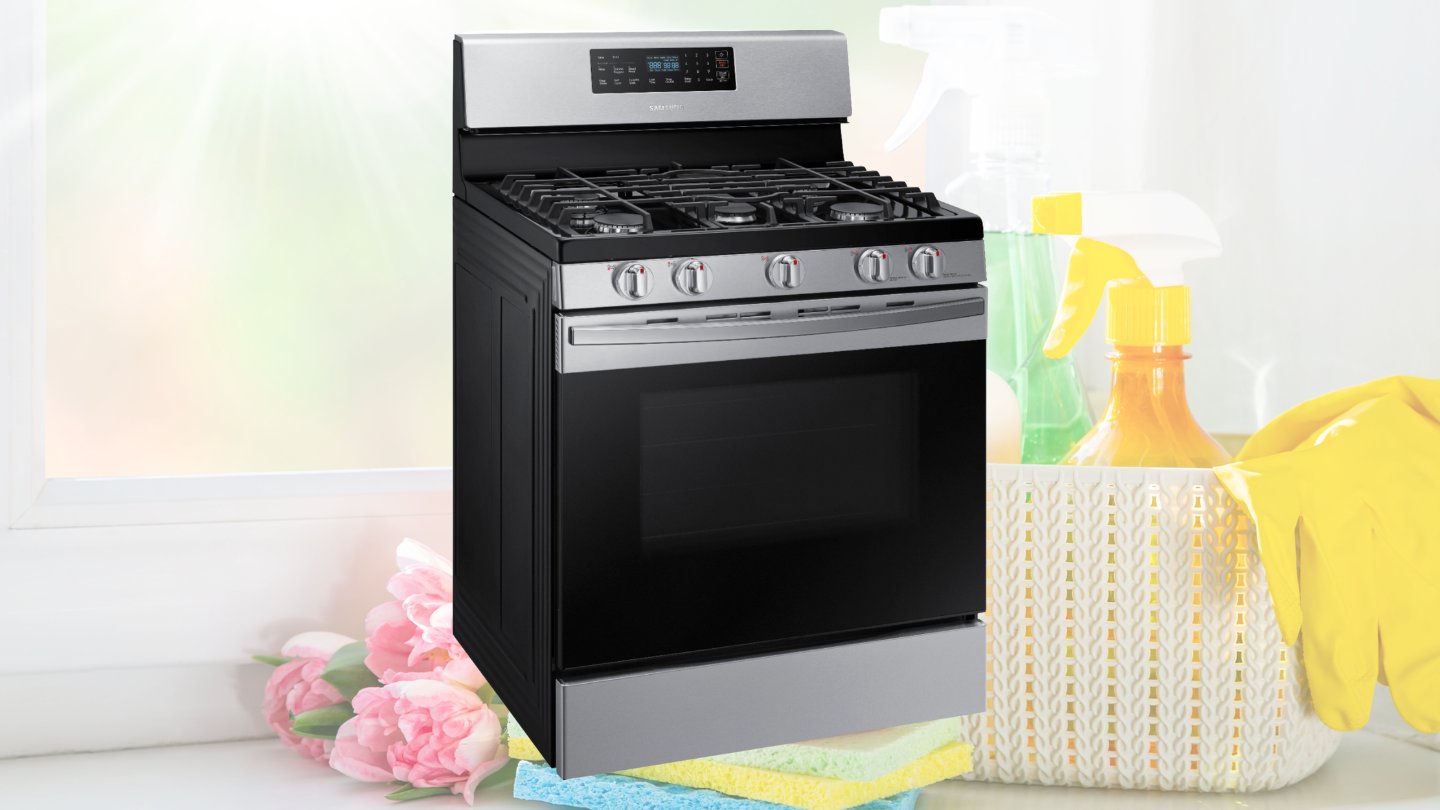
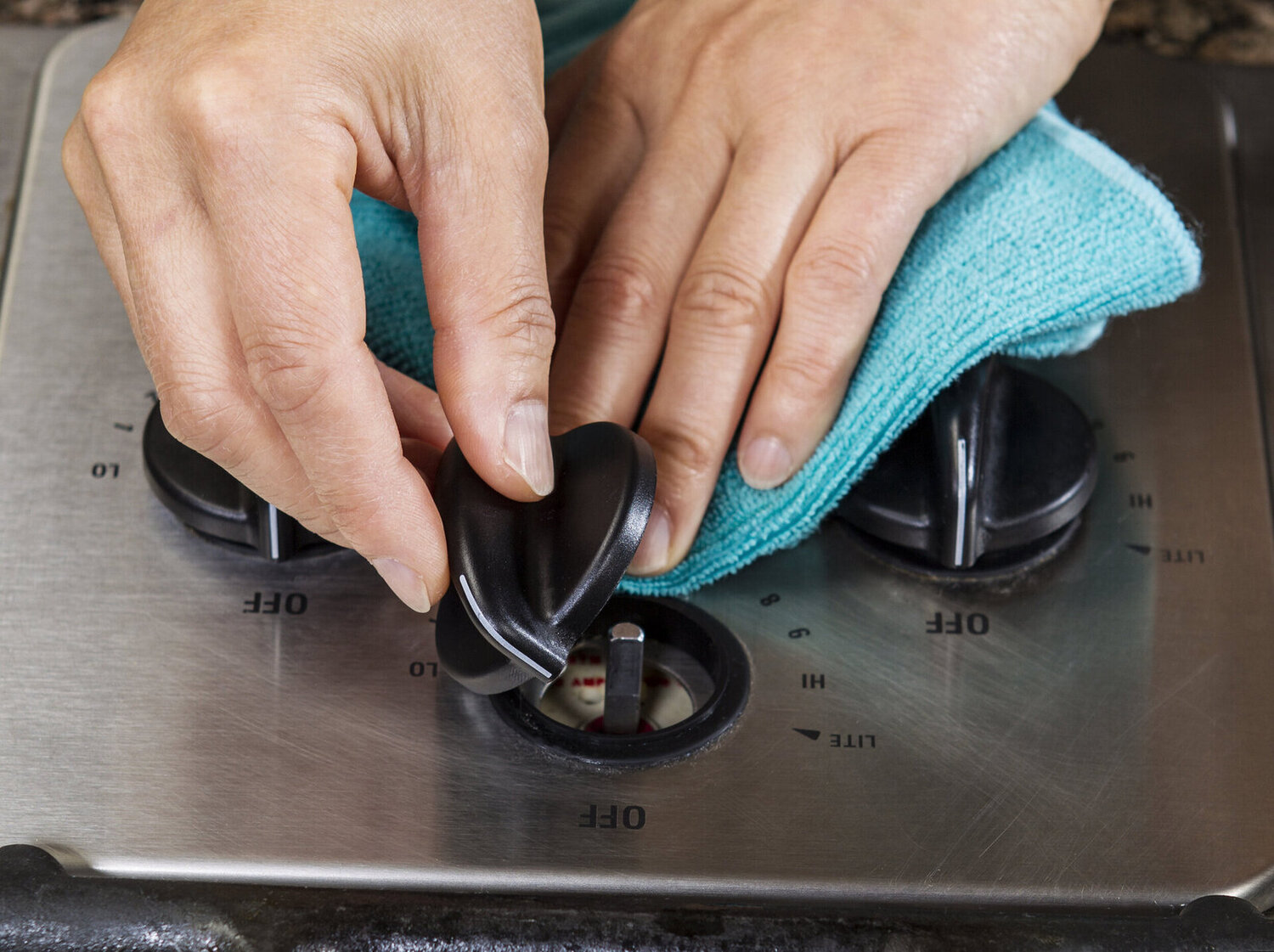
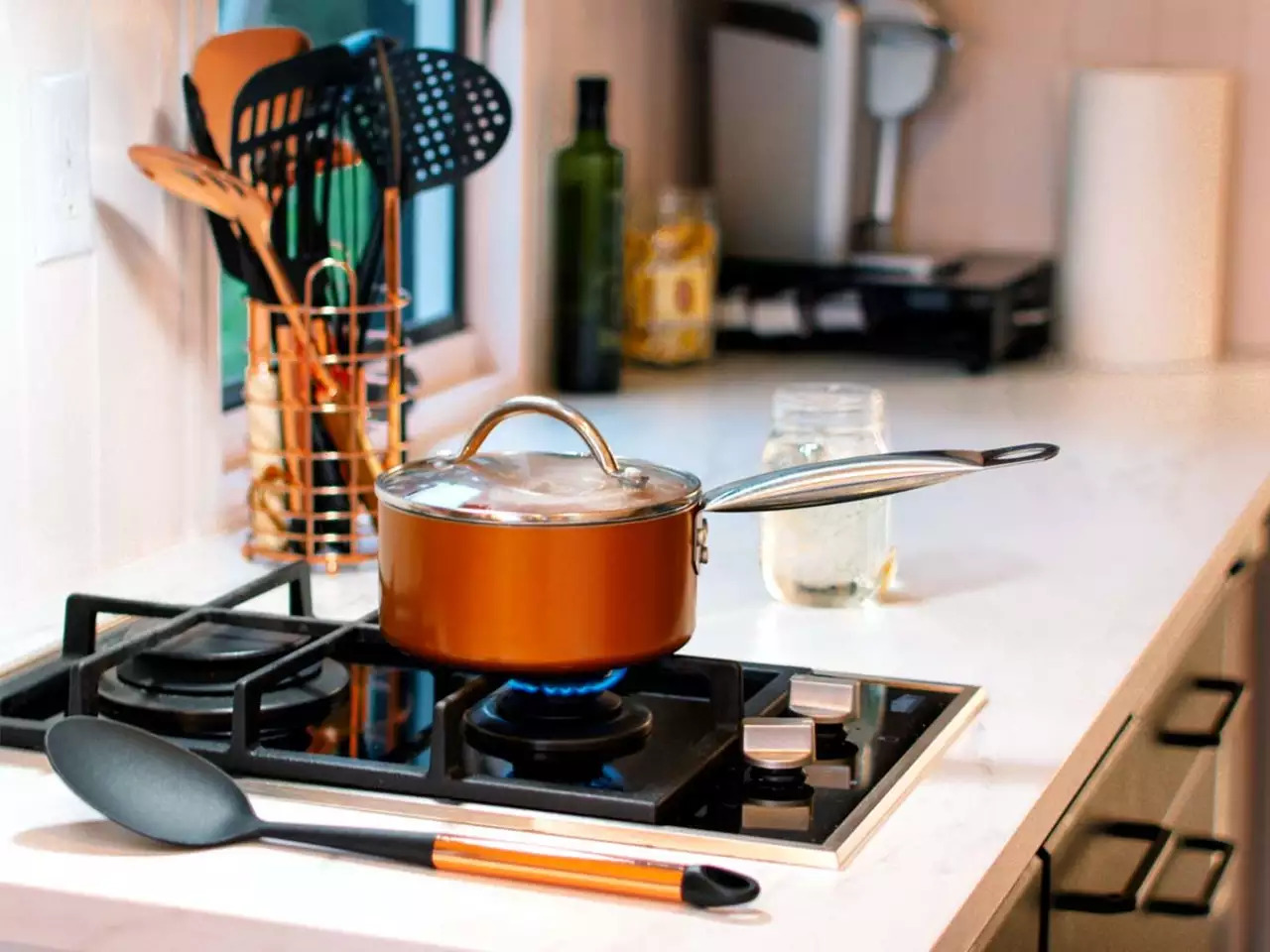
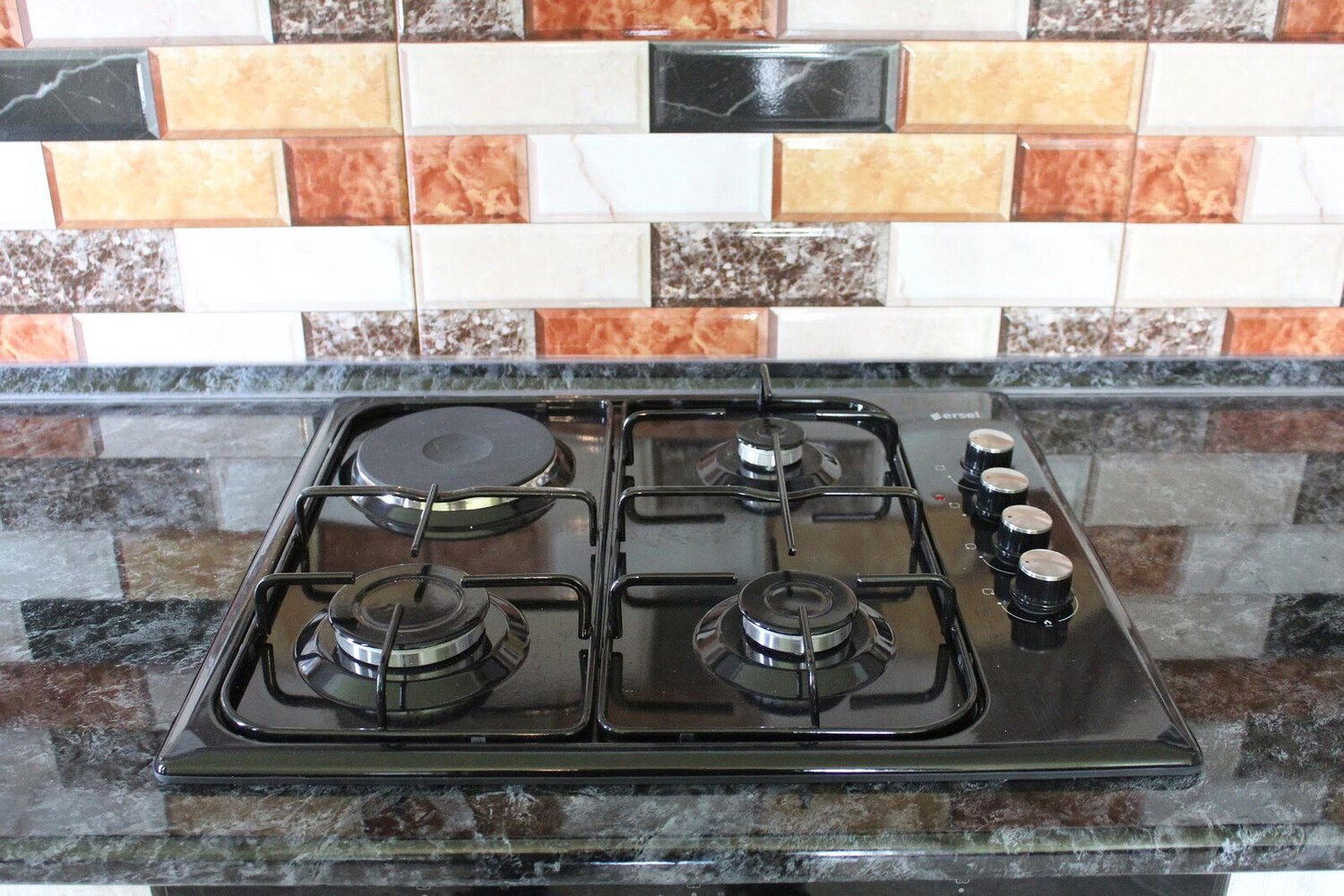
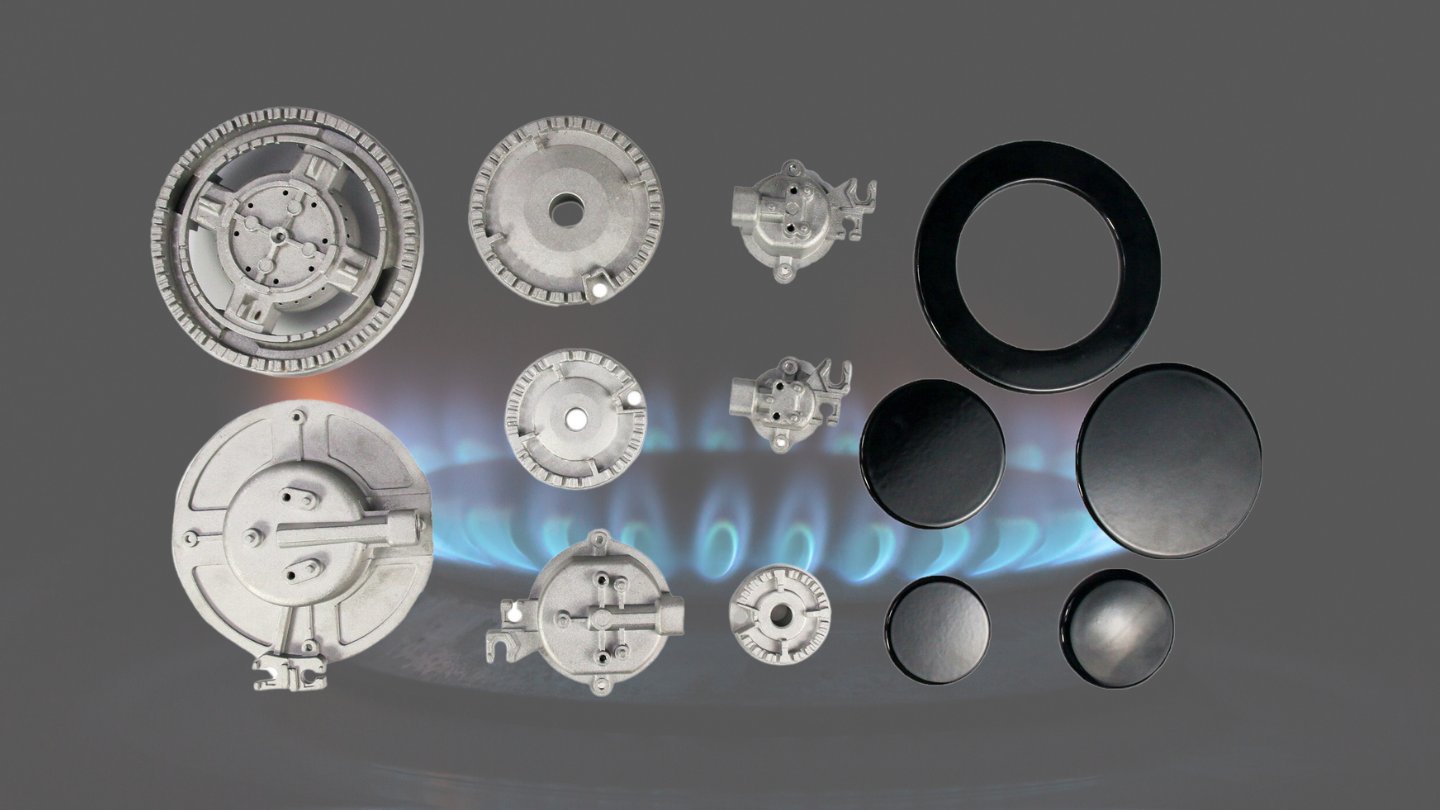
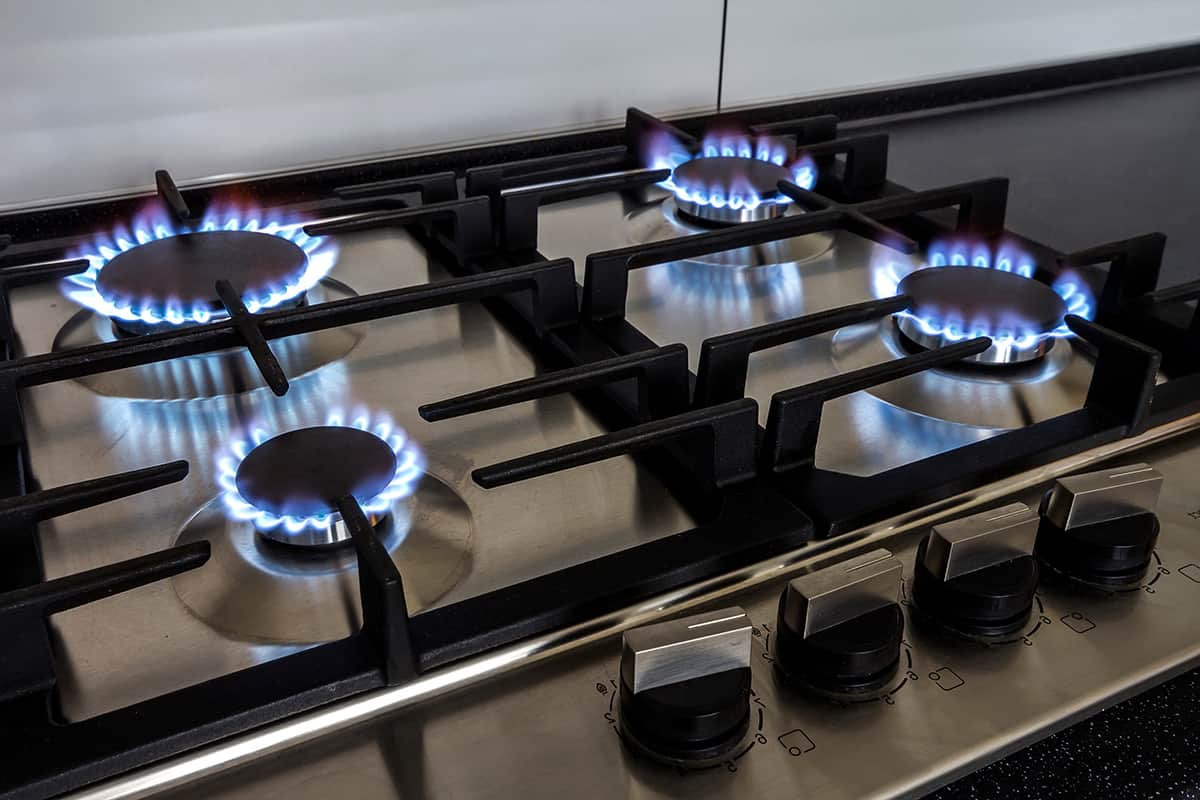
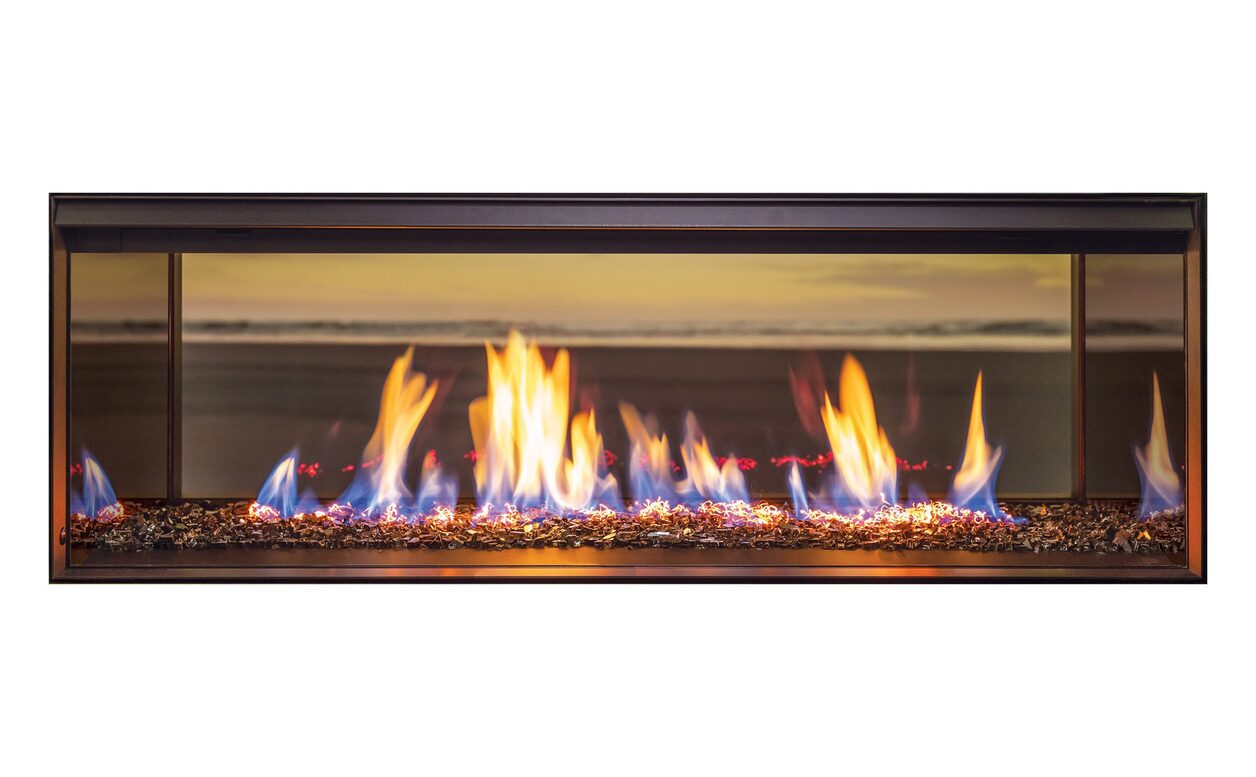

0 thoughts on “What Would Cause Gas Stove Burners To Be On High Flame”